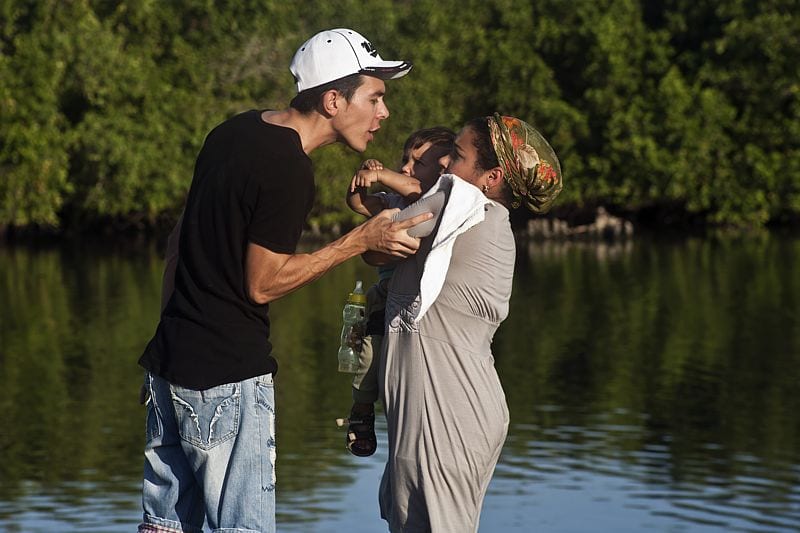Gender Violence in Cuba: There Isn’t Reliable Data
By Marlene Azor Hernandez

HAVANA TIMES — From November 25th until December 10th, “International Human Rights Day”, a United Nations campaign was carried out to recognize and protest gender violence.
Cuba signed the Convention on the Elimination of All Forms of Discrimination against Women in July 1980; however, it hasn’t followed the suggestions made by the United Nations’ Committee on the Elimination of Discrimination Against Women after an assessment was made in 2012.
A recent survey about gender equality, presented to the National Assembly’s current legislative body, confirms that 27% of the population surveyed has suffered acts, both physical and psychological, of gender violence in the past 12 months. The survey carried out in 2016 has yet to be published and only some fragments of data are known.
The survey’s main problem is that it asks about the population surveyed’s understanding of gender violence and doesn’t compare it with the cases attended by offices of the Cuban Women’s Federation deal with or the complaints made to the police by abused women. Nor do national femicide statistics figure in this survey. The government doesn’t monitor gender violence and that’s why it doesn’t have any real statistics about the extent of the problem.
On the Cuban TV show, Mesa Redonda, on December 5th this year, a small review was given of the 2016 survey, which illustrated the problem we have mentioned above. The State isn’t monitoring the reality of violence and the survey of about 19,800 people doesn’t reveal the country’s real gender violence statistics, but rather the “understanding” the population surveyed has about this violence.
The problem of focusing on understanding contains all the bias and lack of information about this problem propagated by Cuba’s national media. This problem, like every social problem, isn’t dealt with or analyzed by the country’s state-controlled media. You can only find out about cases of gender abuse via independent journalism, which is heavily repressed precisely because it tries to cover and spread awareness about the population’s daily reality.
Cuba hasn’t incorporated the different forms of discrimination against women into its penal code. Femicide doesn’t exist as a crime nor is it monitored. Shelters aren’t made for women who are victims of abuse; restraining orders are violated arbitrarily, and CENESEX itself (Cuba’s National Center for Sex Education) has recognized the discrediting of victims in front of their attackers in the legal progress. “It’s one person’s word against another” and a lot of the time the victim and attacker are both fined for “public disorder”.
Prostitution isn’t a crime in Cuba, but women and teenage prostitutes are locked up in internment camps and can be imprisoned for up to four years. This gives rise to the phenomenon of “sexual favors” to the authorities who arrest them, in exchange for not going to one of these detention centers. Thus, prostitution doesn’t figure as a crime in our criminal legislation but in everyday practice, authorities are extorting, pressuring and repressing male and female prostitution in Cuba and are benefitting from an exchange of sexual favors or bribes in cash.
Covering up the political repression against women is even worse still. The recent survey doesn’t include the many women who are repressed by the authorities with arbitrary and forceful arrests, state security intimidation of their children, the confiscation of their belongings, repeated beatings and hate crimes directed by the authorities.
It would seem that the Ladies in White, the UNPACU’s female activists, women from the Dignity Movement, repressed female artists such as Tania Brugueras and Yanelys Nunez, independent journalists, independent female candidates in the recent local elections, and women at the Cohabitation Research Center aren’t counted. Aren’t they women? Aren’t they Cubans?
For all of the above, official statistics about gender violence in Cuba are clearly not reliable.
